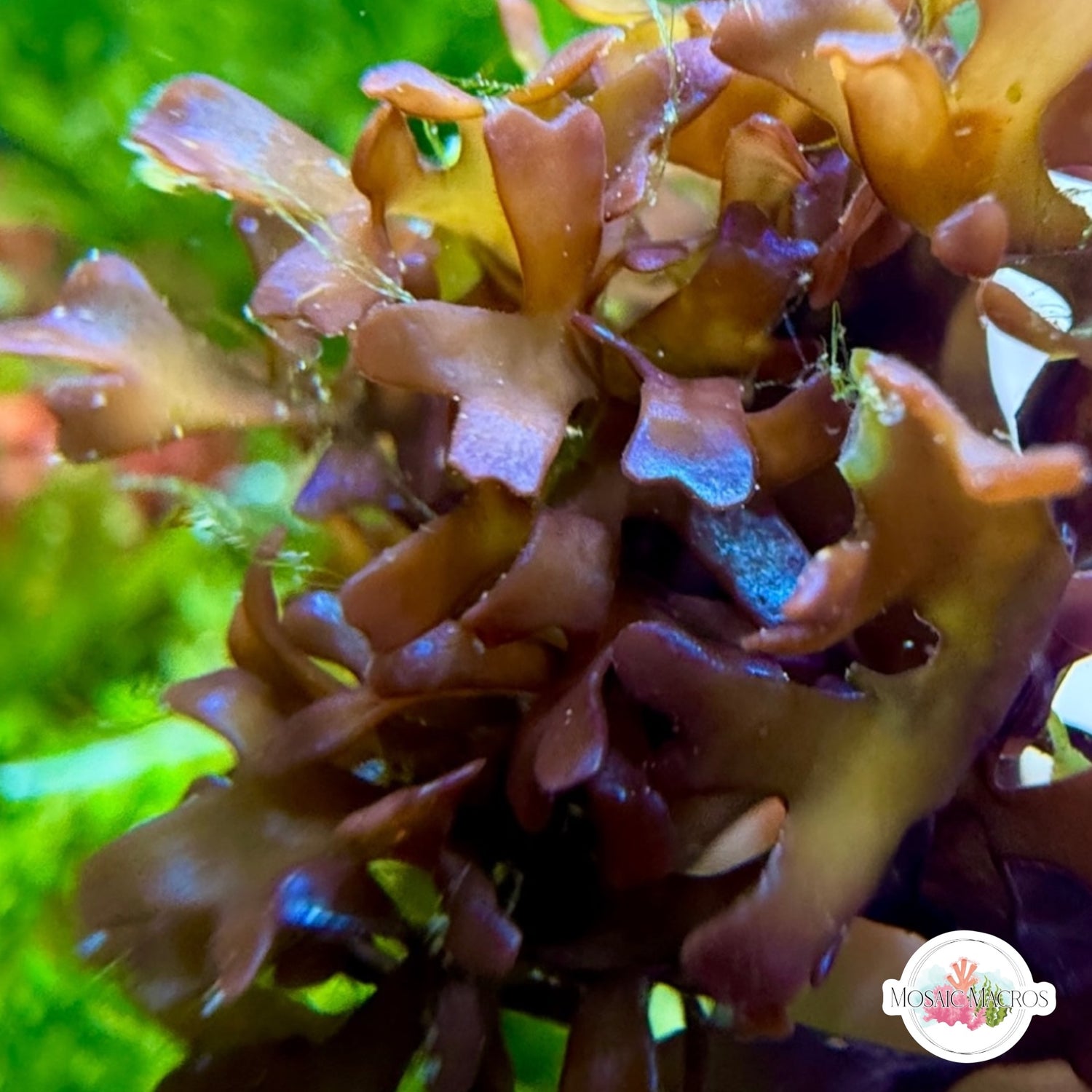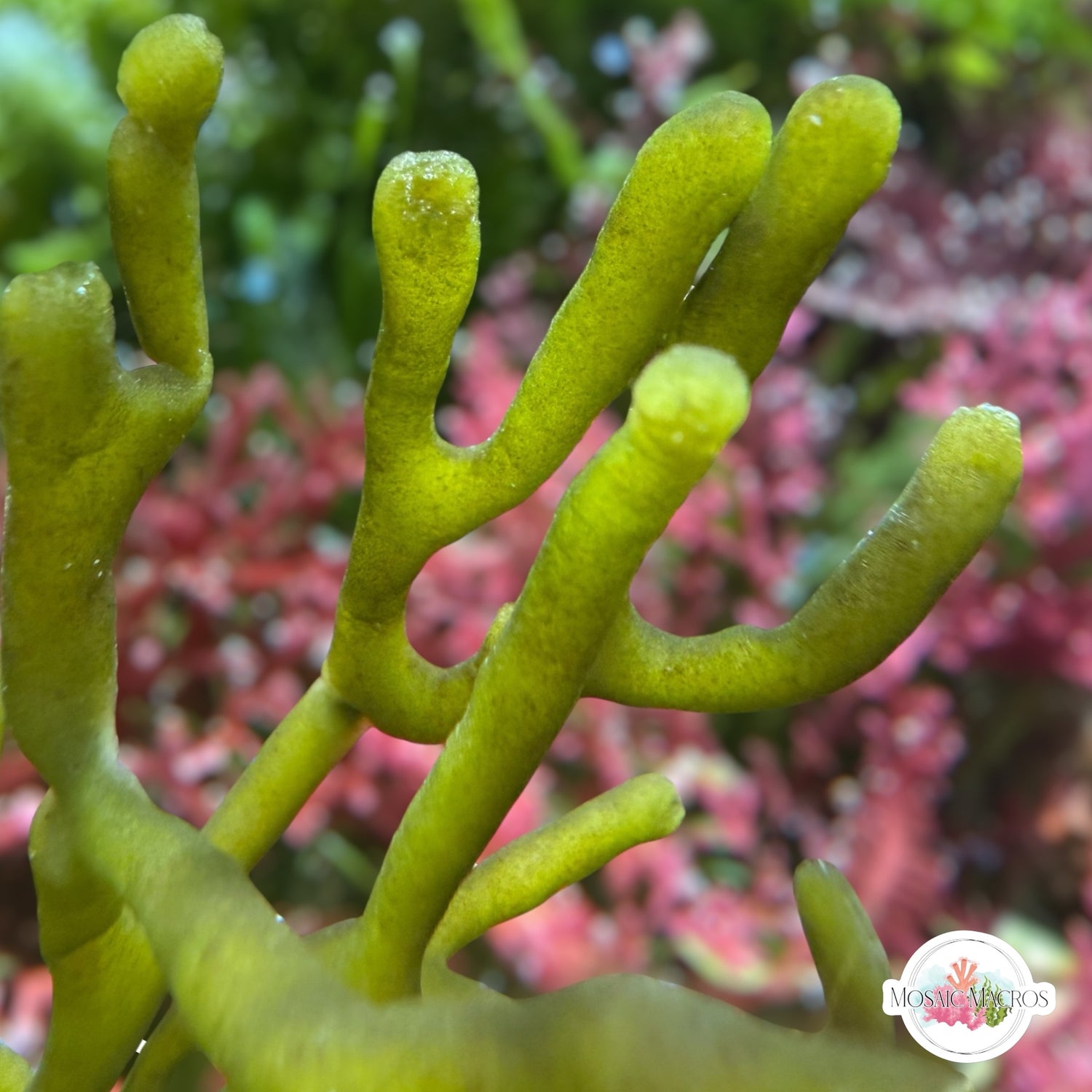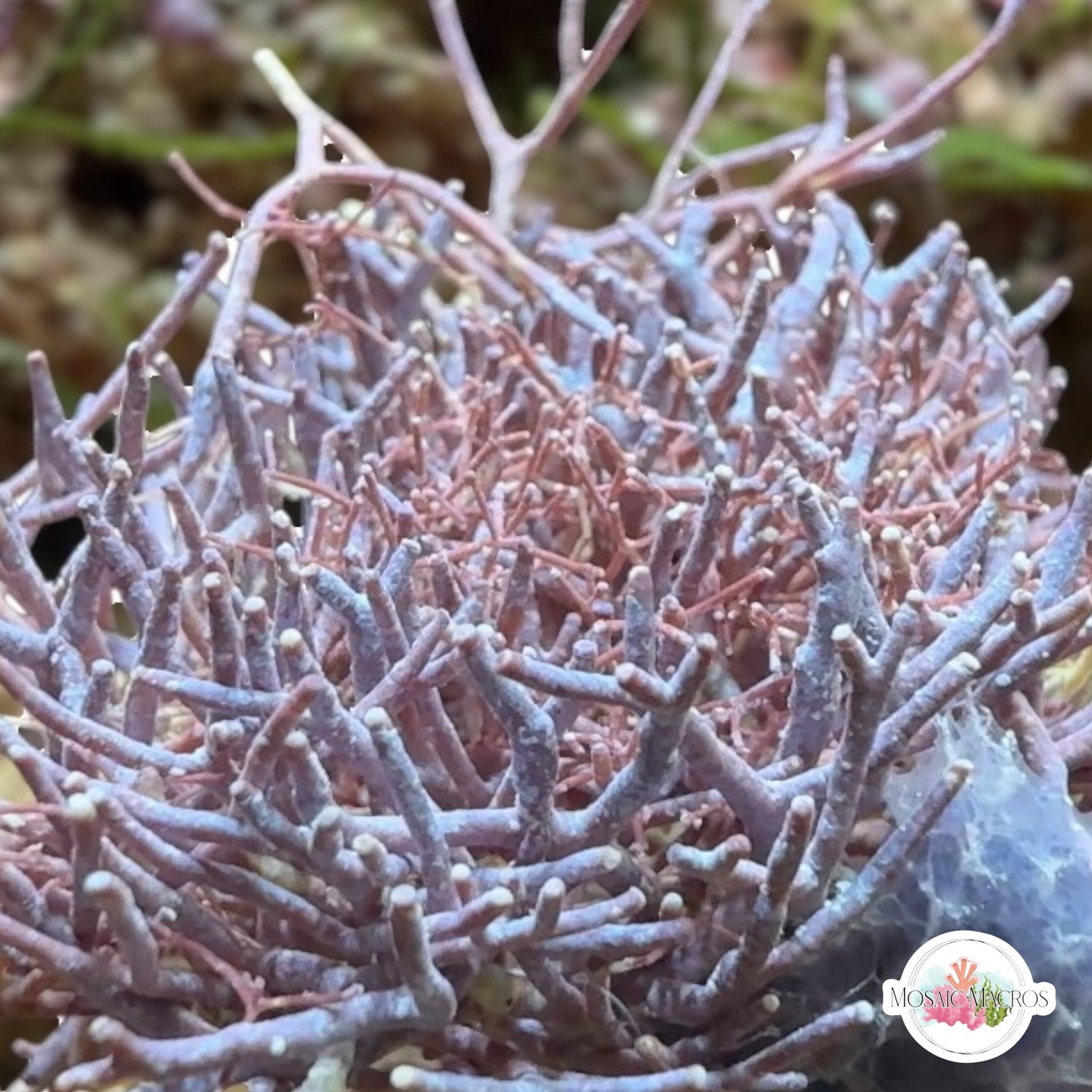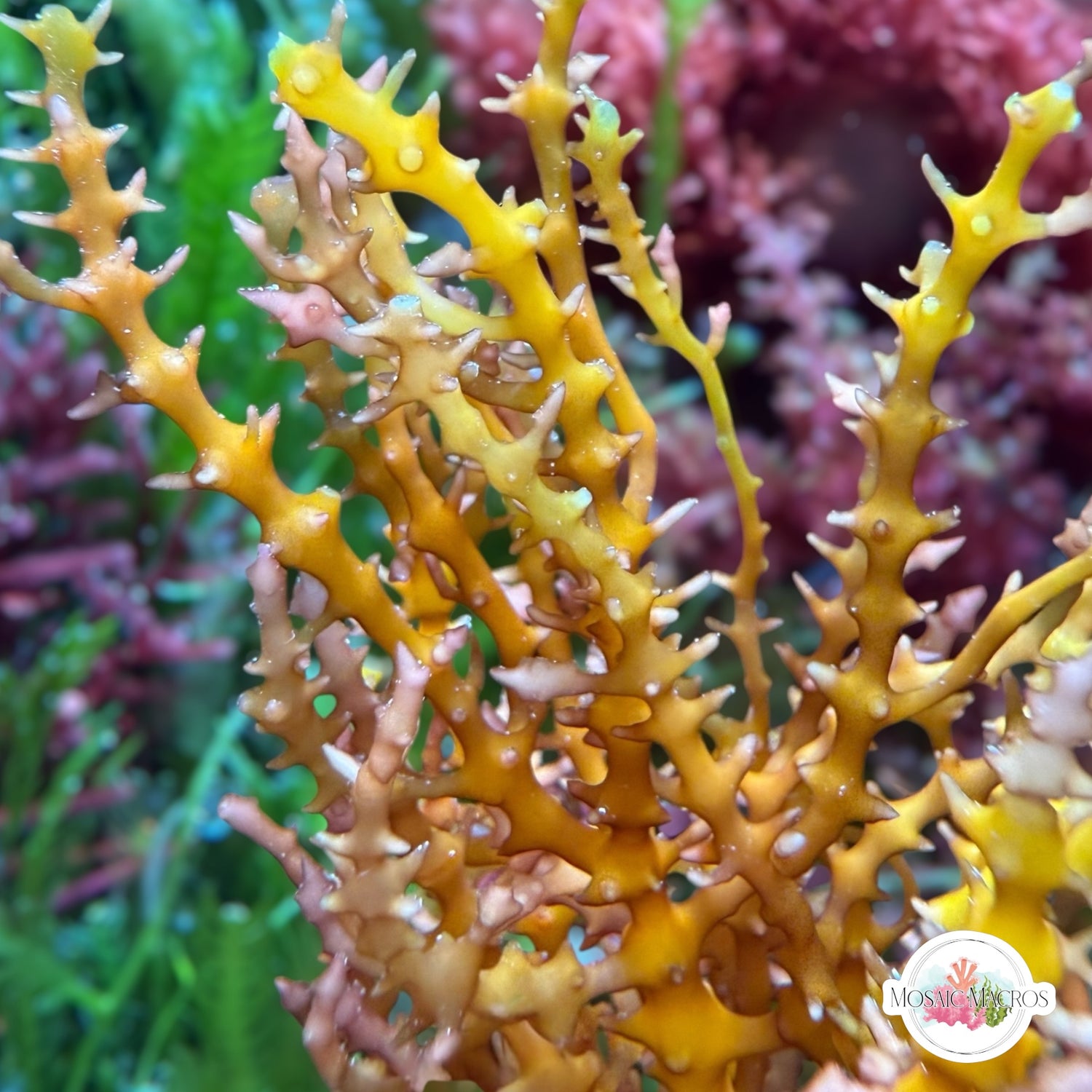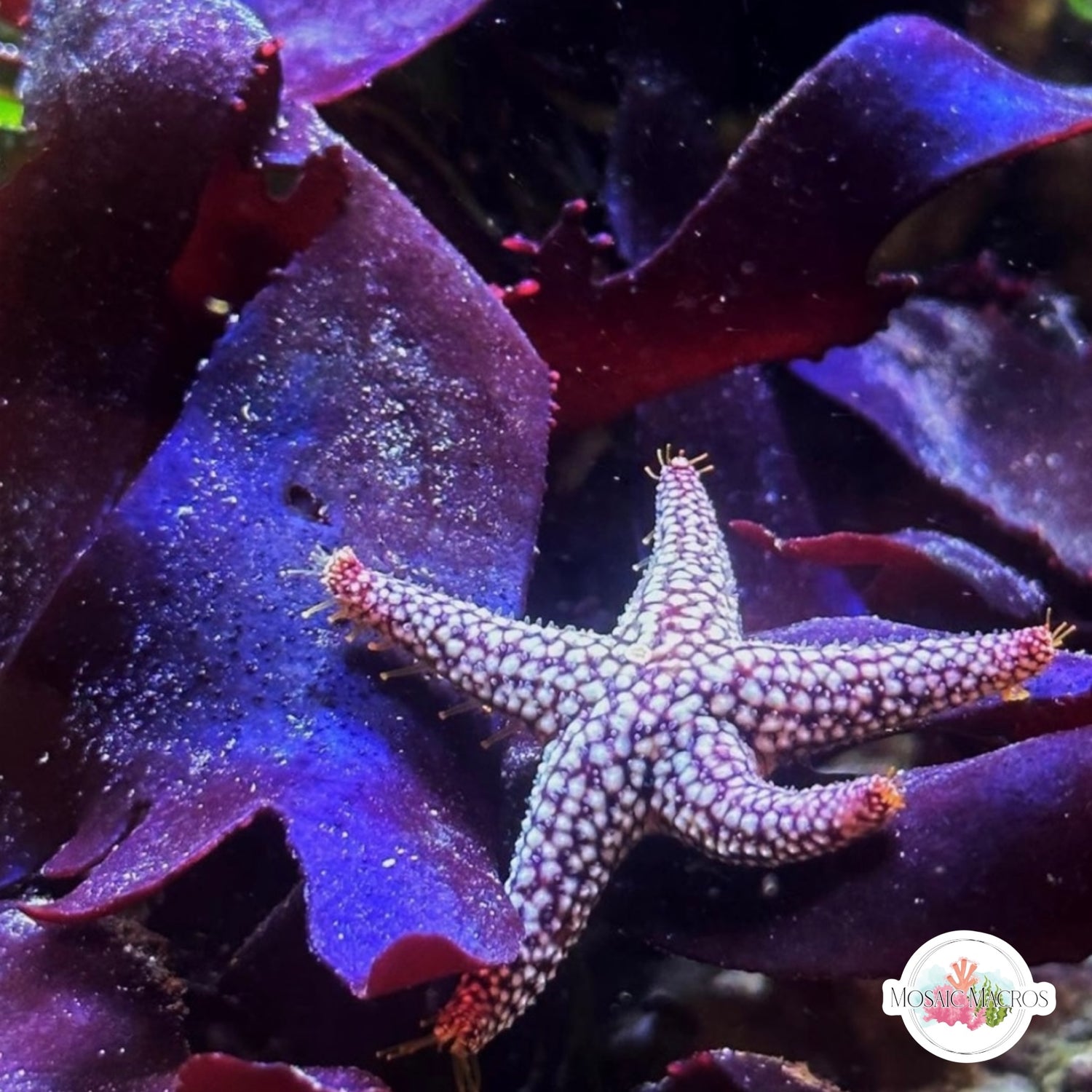Collections
-
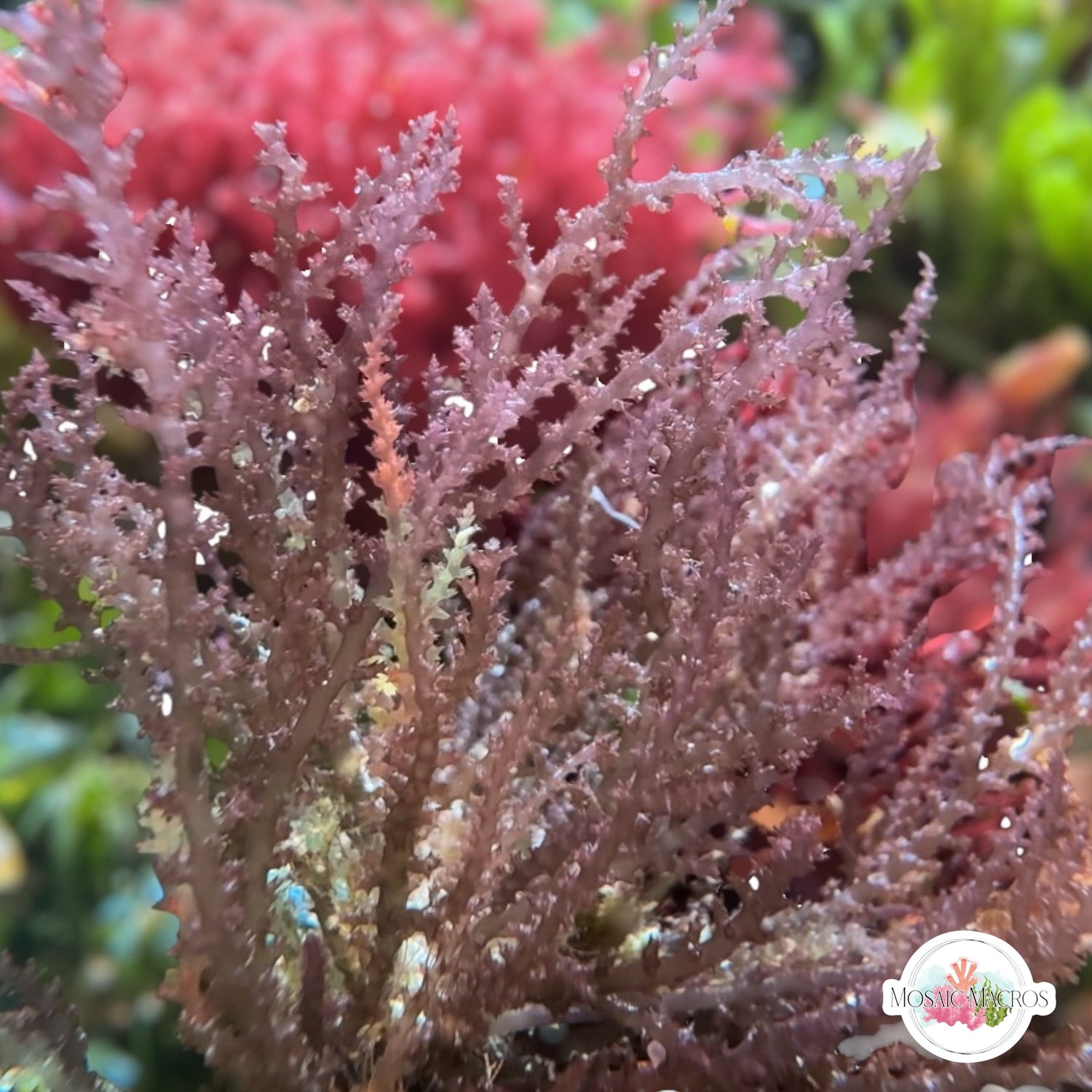
Acanthophora
Acanthophora are commonly called “prickly seaweeds” due to their rigid texture.
-
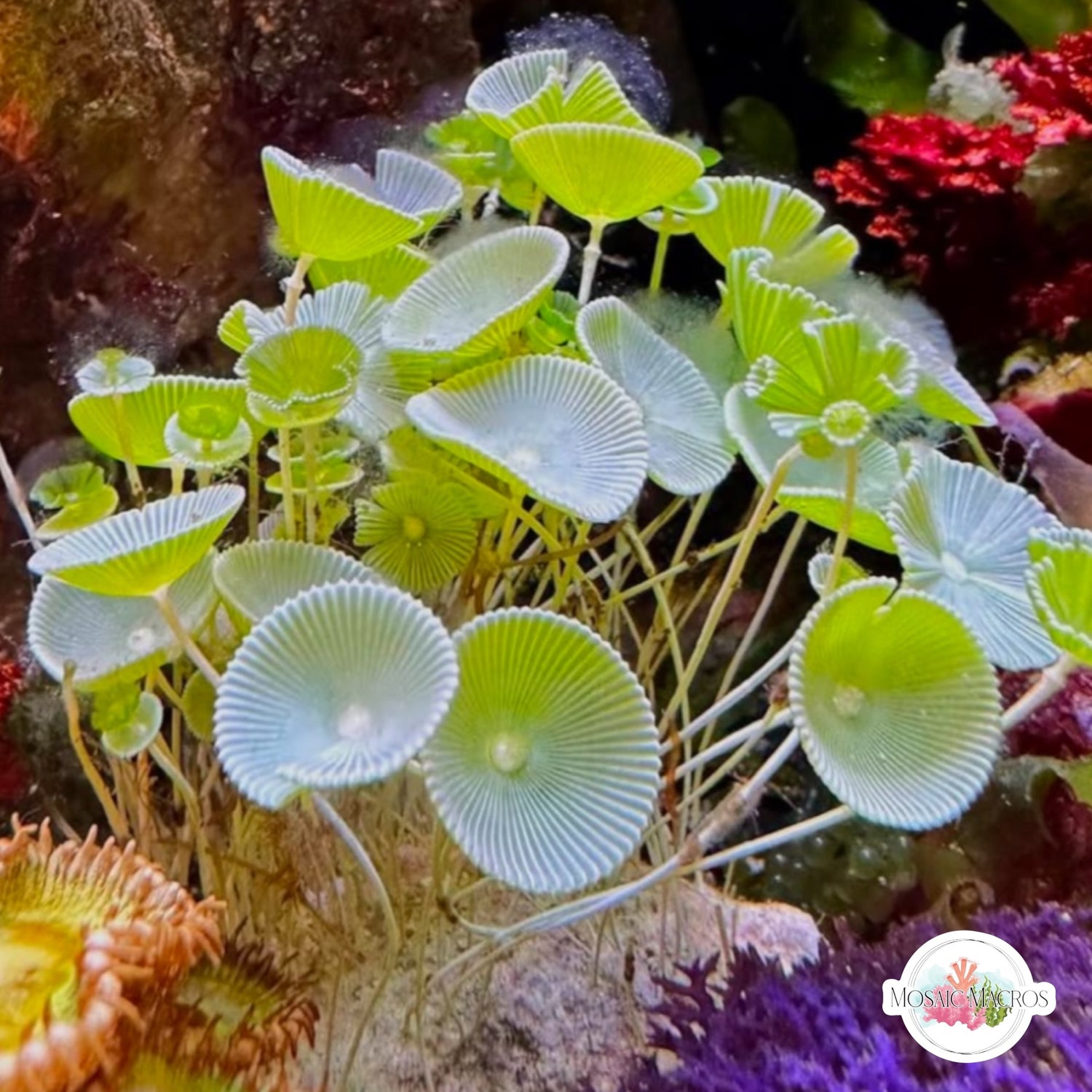
Acetabularia
Very rarely available and very hard to keep, the Acerabularia genus features delicate green...
-

All Macroalgae
All our macroalgae for sale! Macroalgae can spruce up any marine reef...
-

Background Species
These species generally grow very tall and would be perfect as a...
-

Beginner Species
These species are generally great for hobbyists new to the world of...
-

Botryocladia
Commonly called “grape” or “grapevine” algae, the Botryocladia genus is a popular and stunning...
-
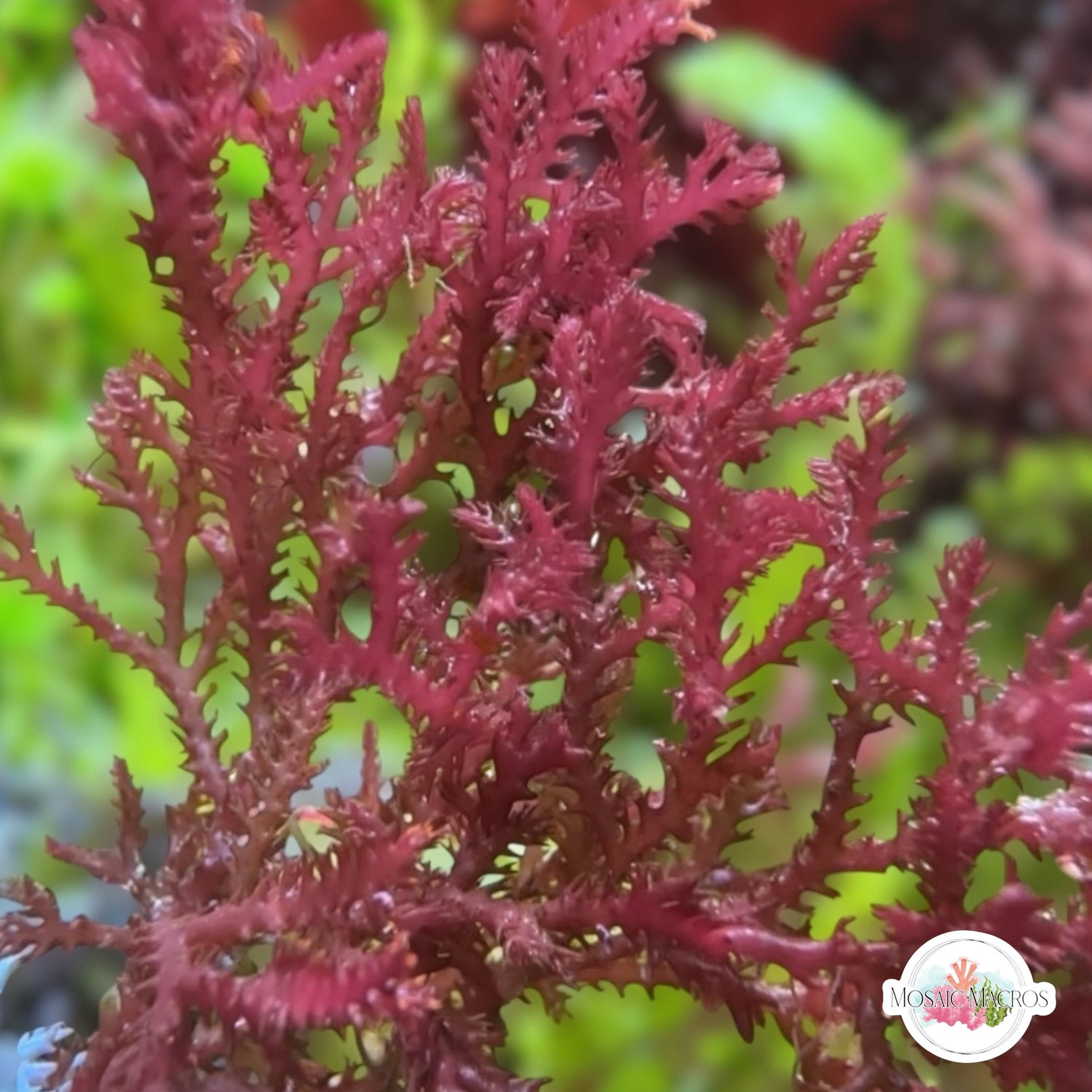
Bryothamnion
Rigid, serrated, and tough - the Bryothamnion genus is a beginner-friendly and slow-growing group...
-

Calciferous Green Algae
Calciferous green algae most often grow up out of the sand bed...
-
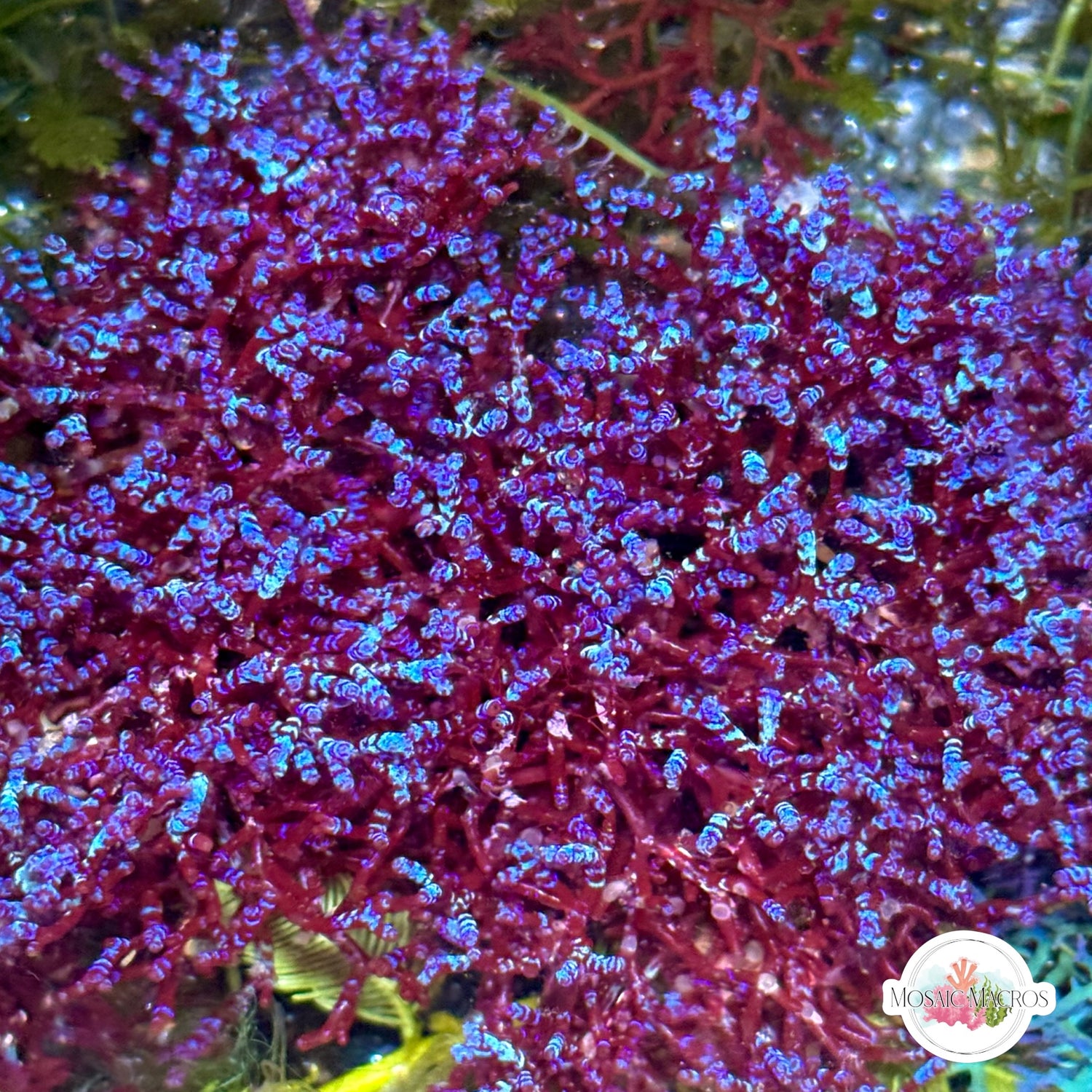
Carribbean Species
Algae native to the tropical waters of the Atlantic Ocean including Florida,...
-
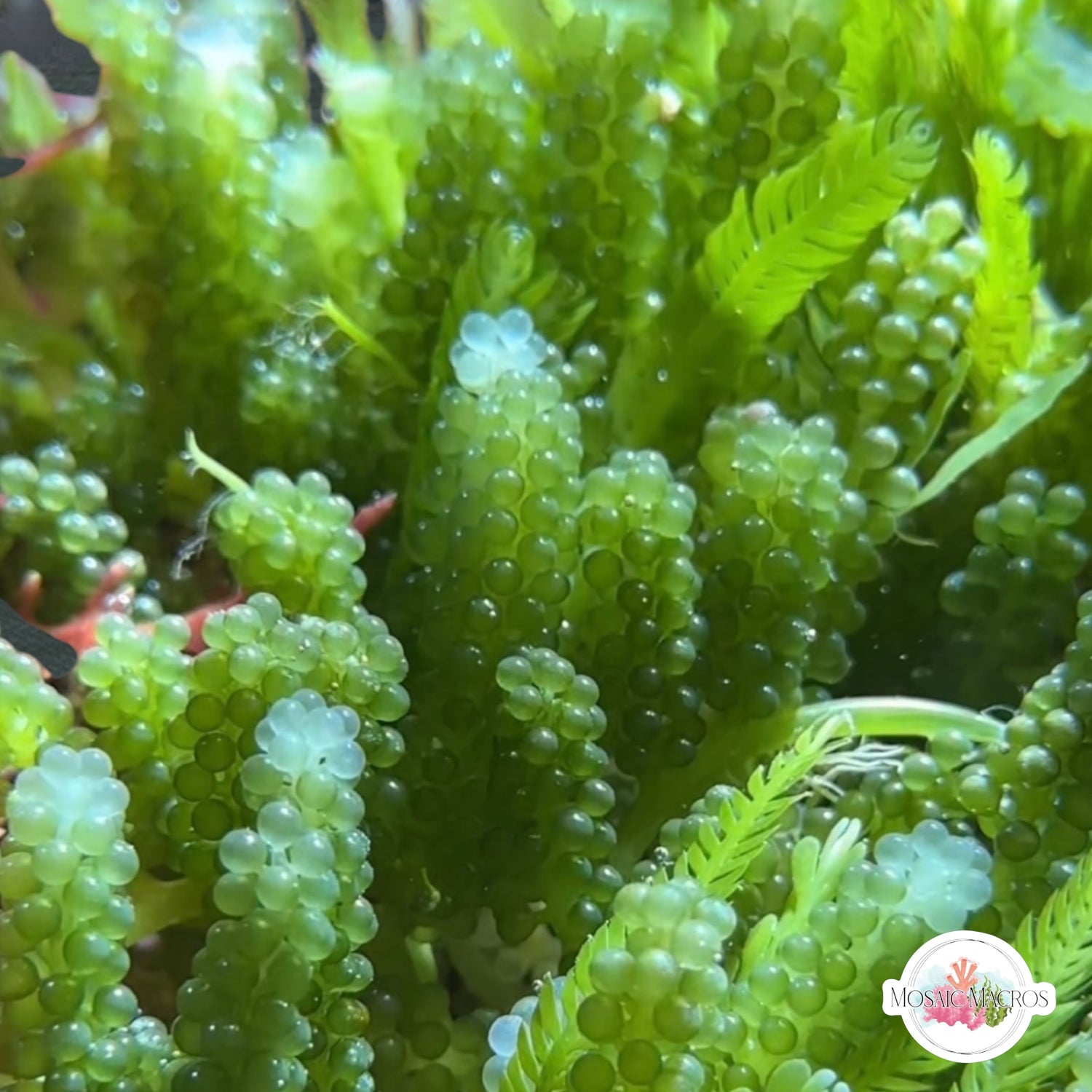
Caulerpa Species
Caulerpa is the most prolific genus we carry. Though easy to grow, more maintenance...
-

Chaetomorpha
The most popular genus around for the common reefkeeper! Many species in the Chaetomorpha genus...
-

Chlorodesmis
The Chlorodesmis genus is a group of turf algae species, creating large mats of...
-
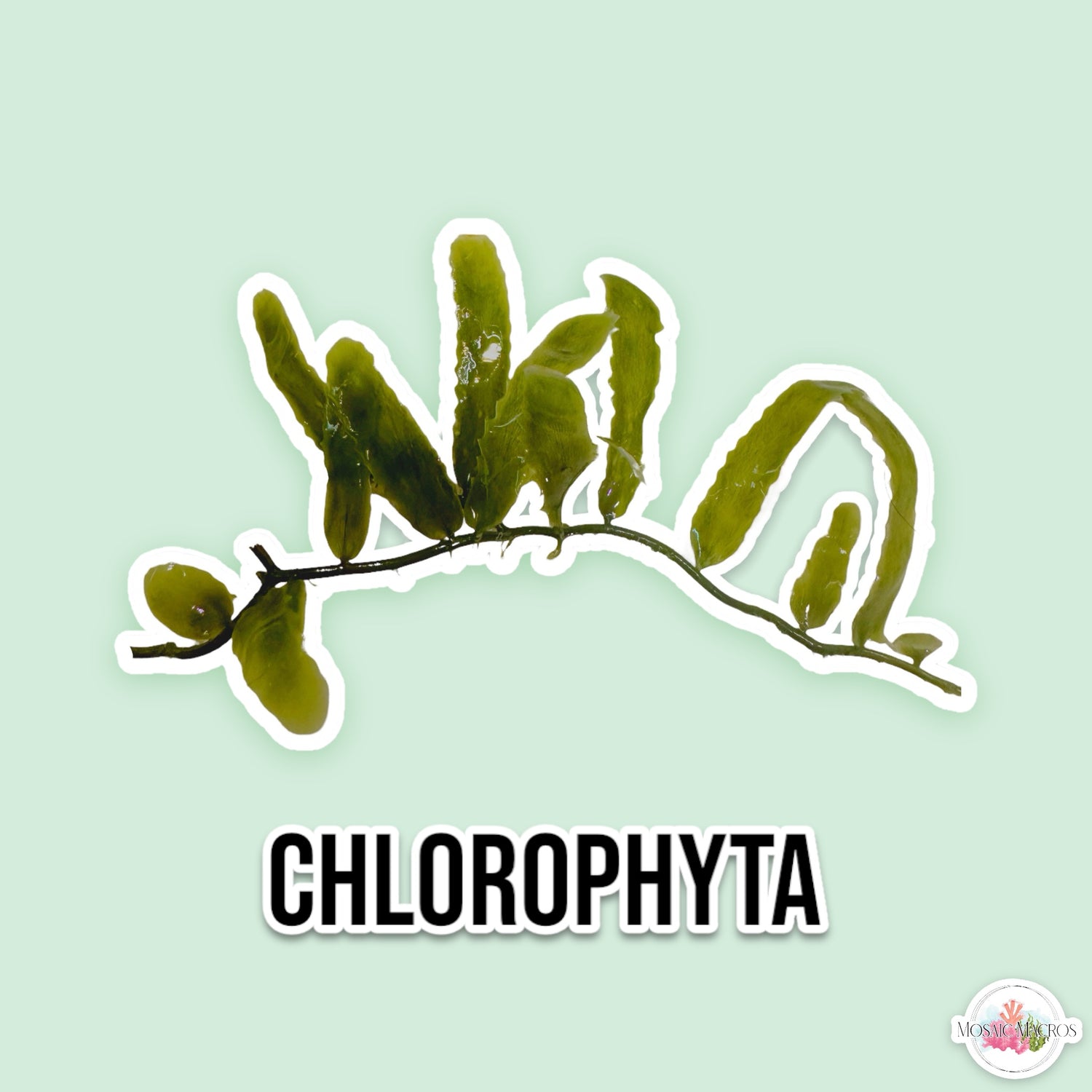
Chlorophyta (Green Algae)
Green algae often grow prolifically, adding a very naturalistic vegetative look to...
-
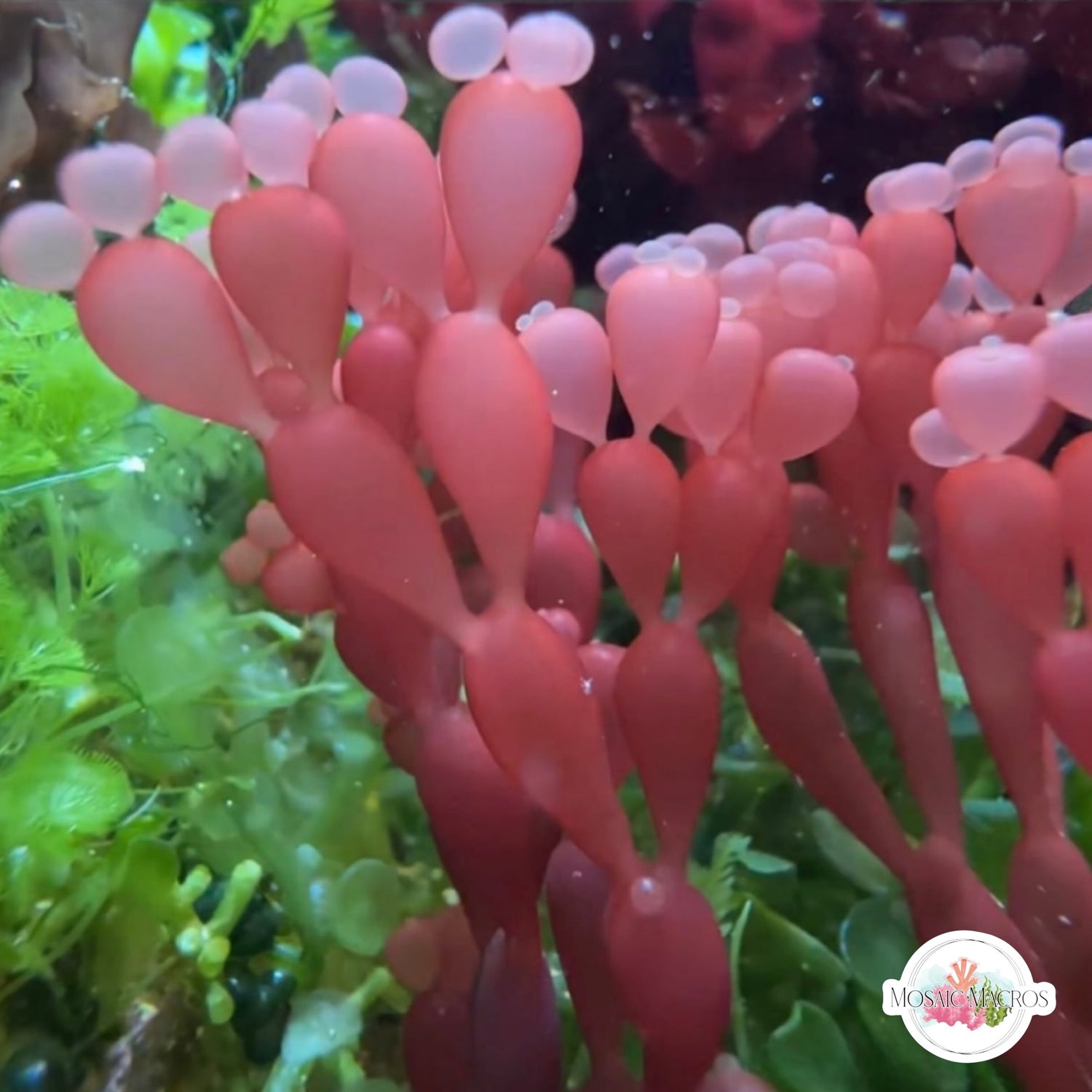
Coelarthrum
Species in the Coelarthrum genus have a thallus made up of segmented, fluid-filled bladders,...
-
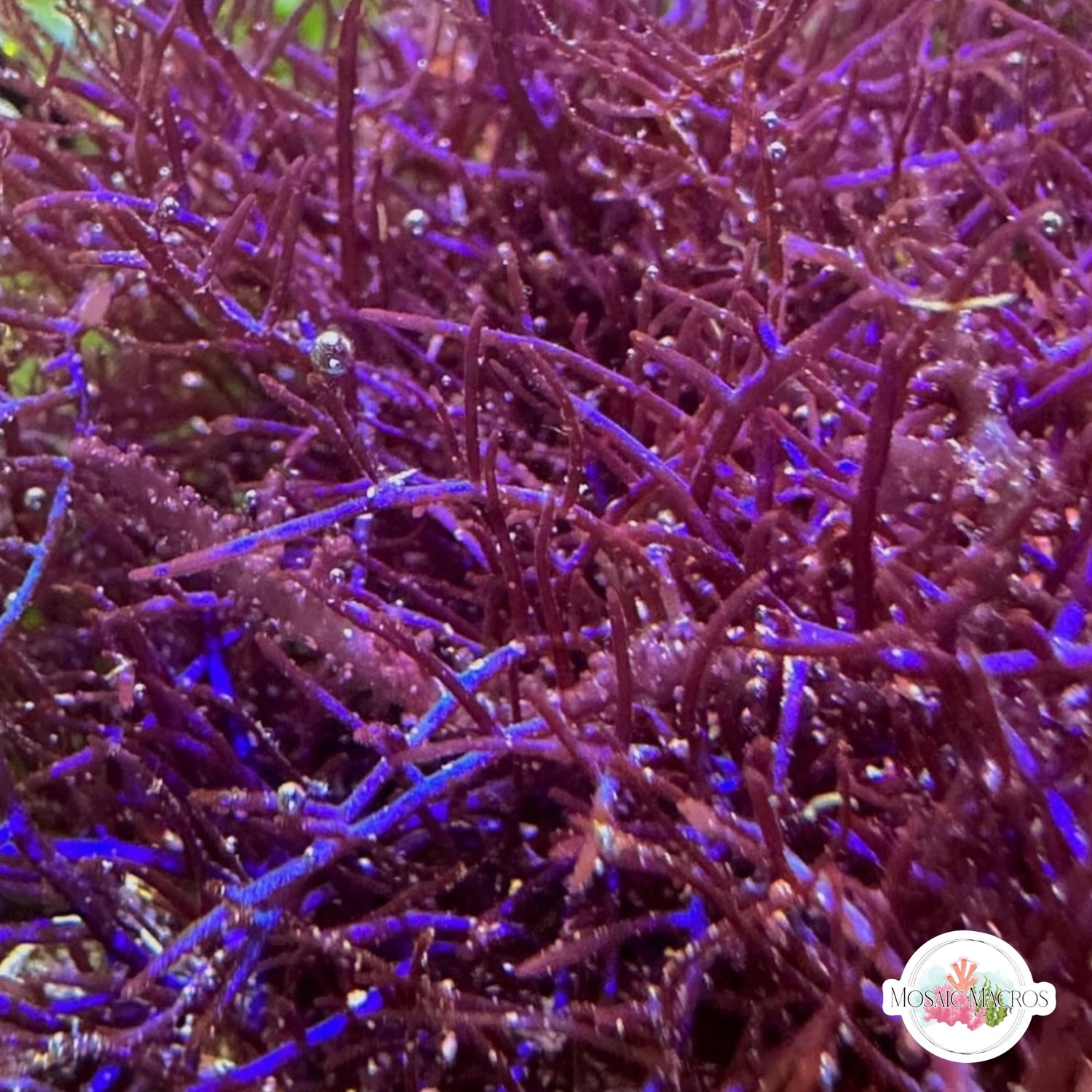
Coelothrix
The Coelothrix genus grows in a matted clump of wire-like strands.
-

Coralline Species
Calcified red macroalgae, most commonly referred to as “Coralline” algae, cover a...
-
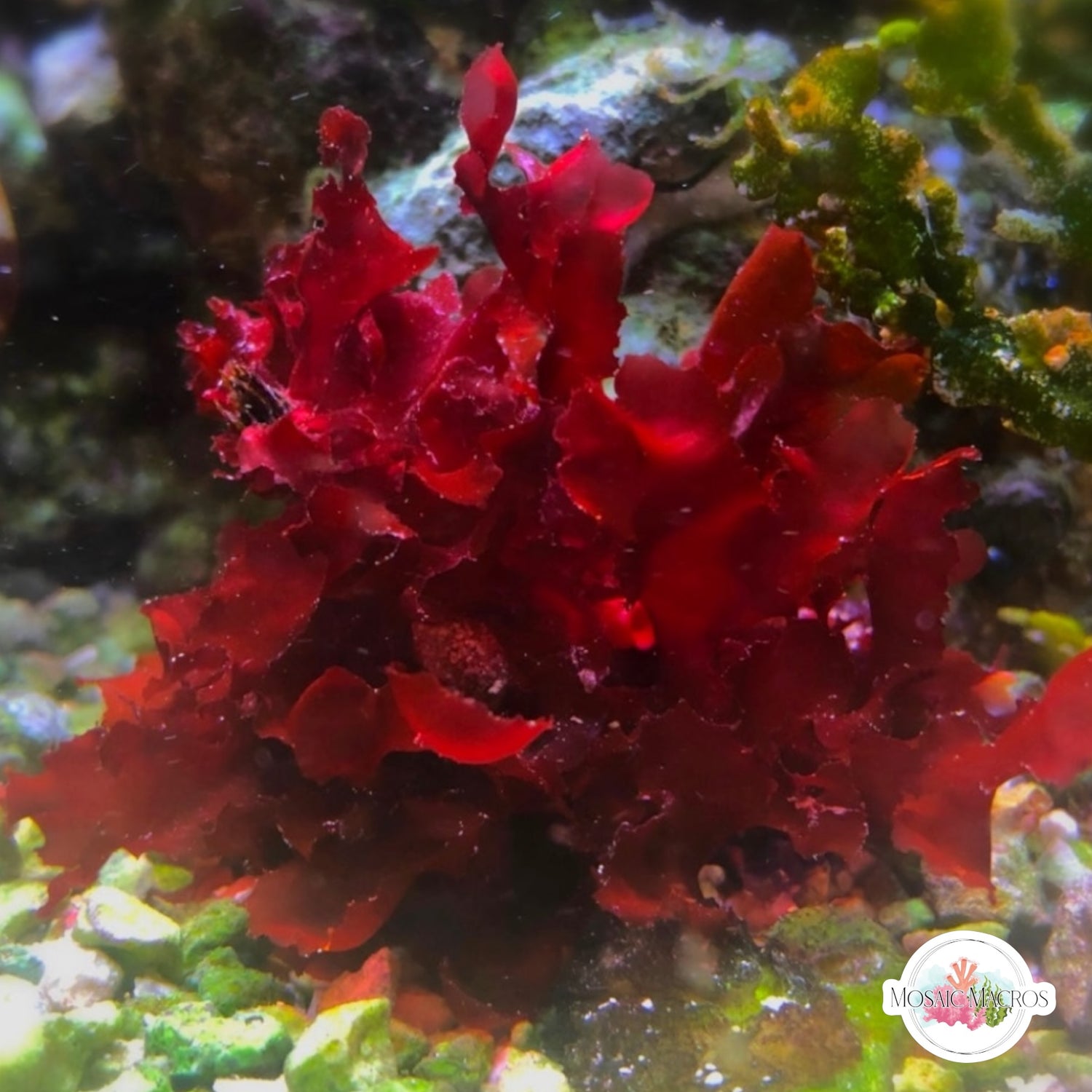
Cryptonemia
The Cryptonemia genus is often found growing in conjunction with sponges, gorgonians, and other...
-
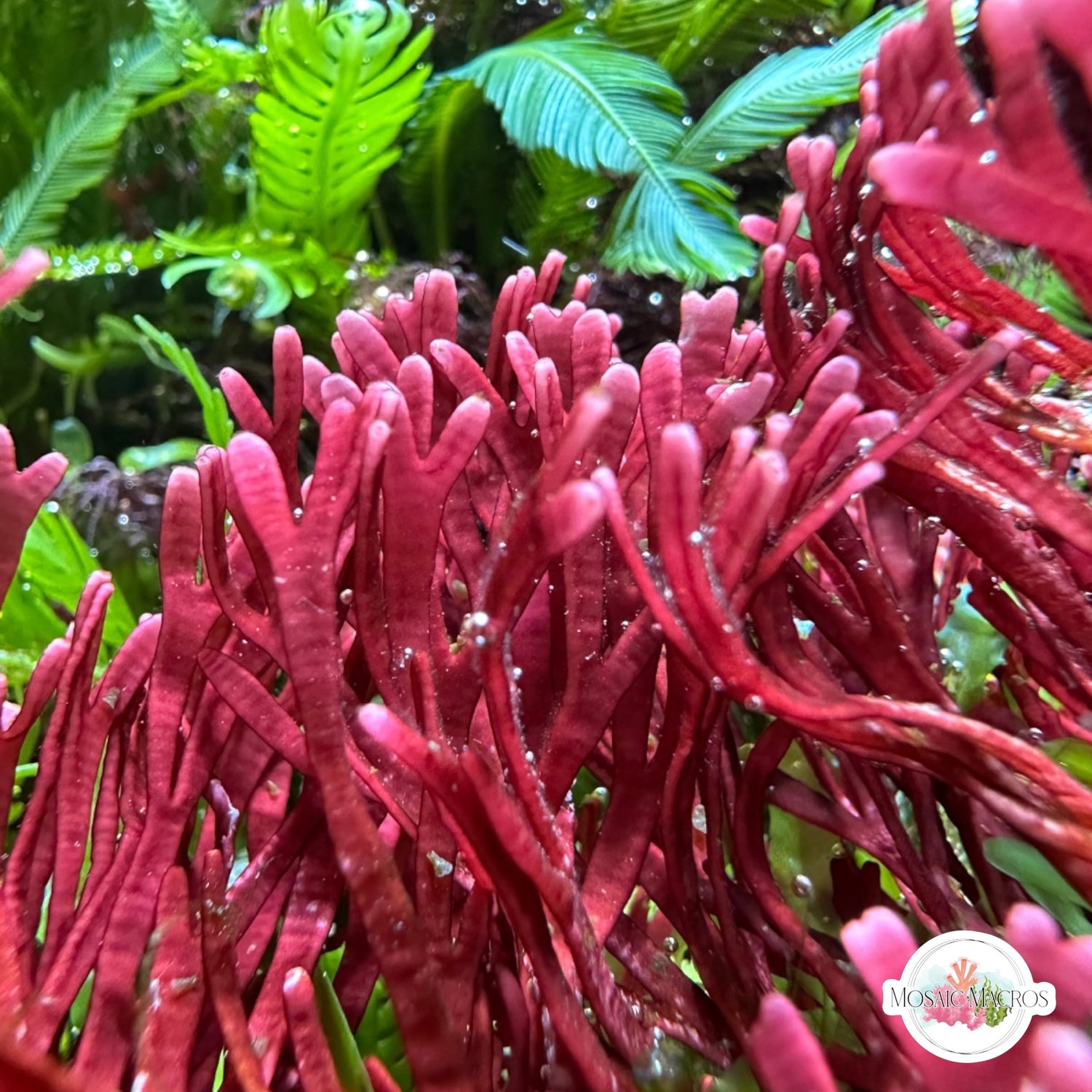
Dichotomaria
The Dichotomaria genus is similar to the Galaxaura genus, featuring flat, calcareous branches.
-
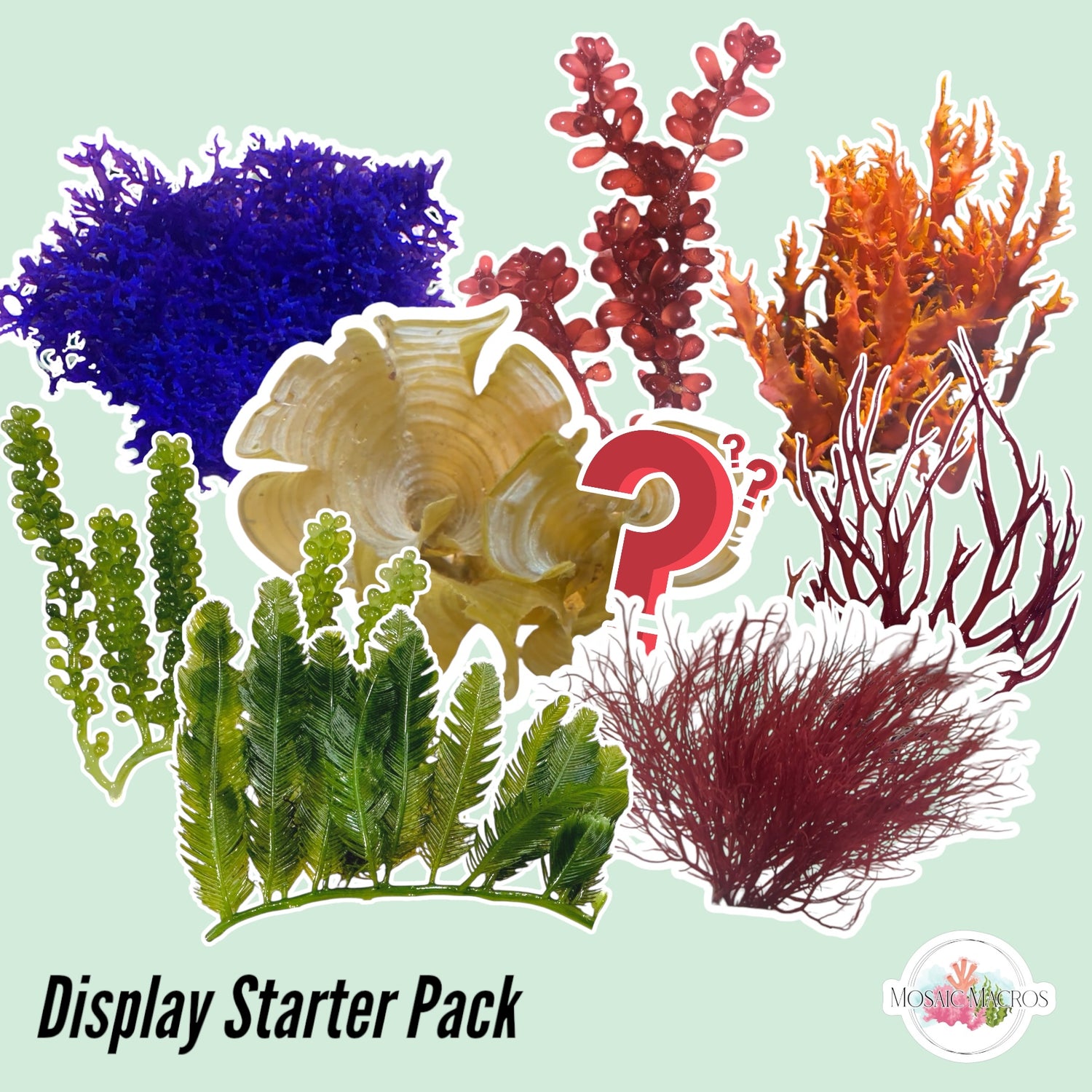
Favorite Picks
Our hand-picked favorites as well as the favorites of our customers!
-
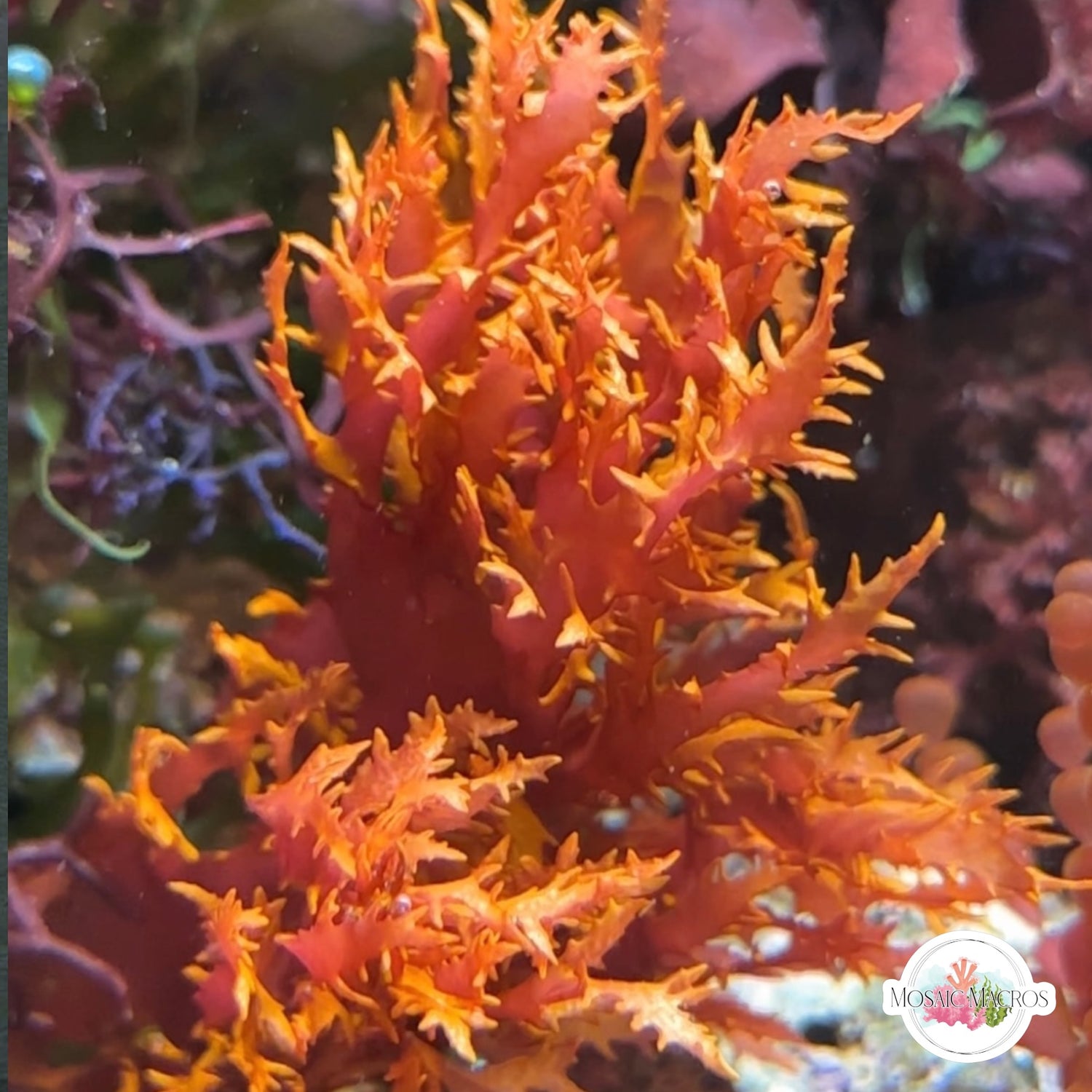
Fluorescent Algae
These algae have fluorescent orange highlights under actinic lighting!














